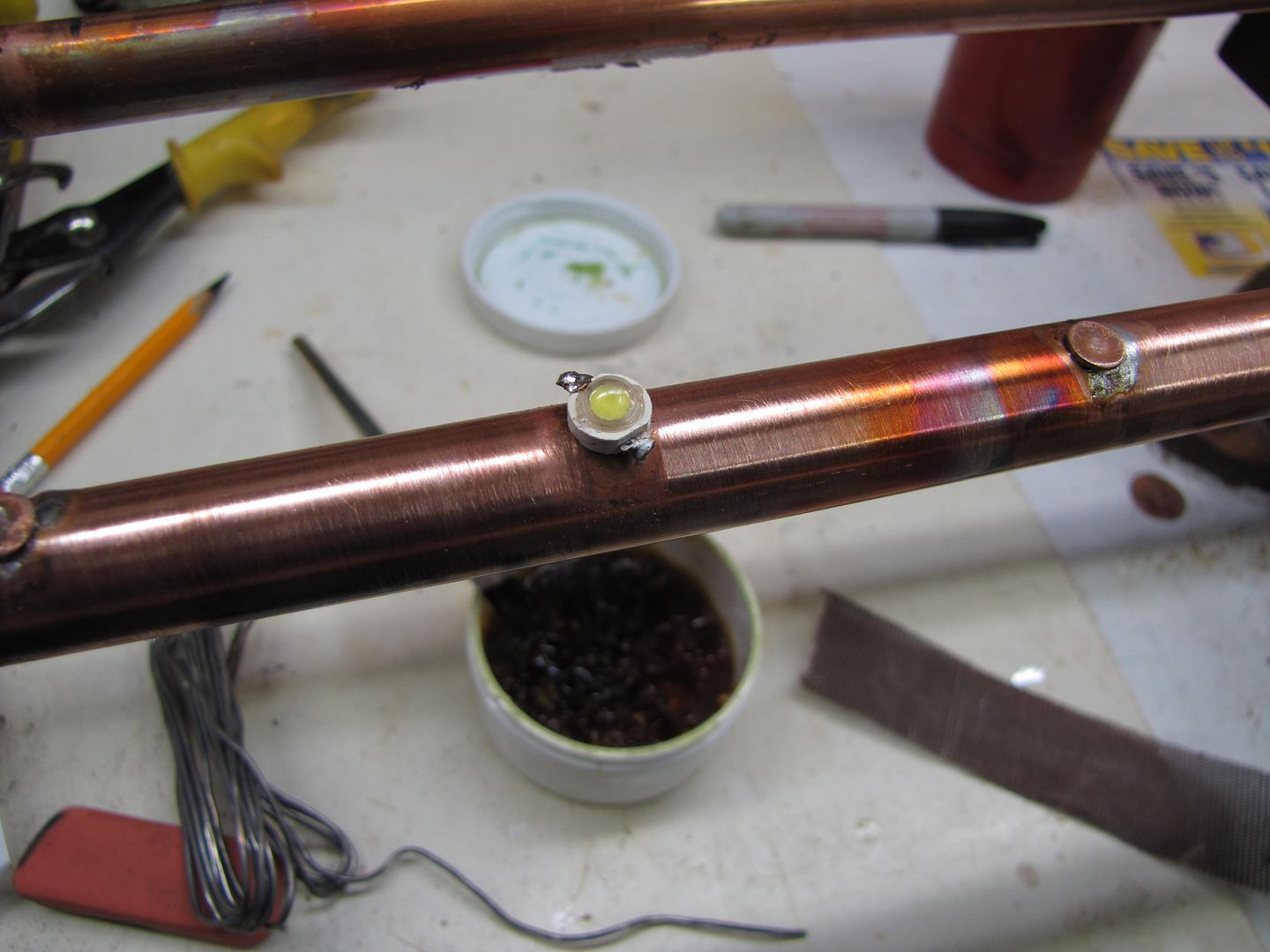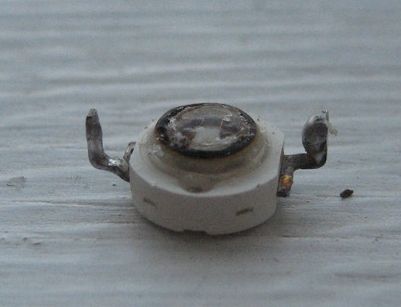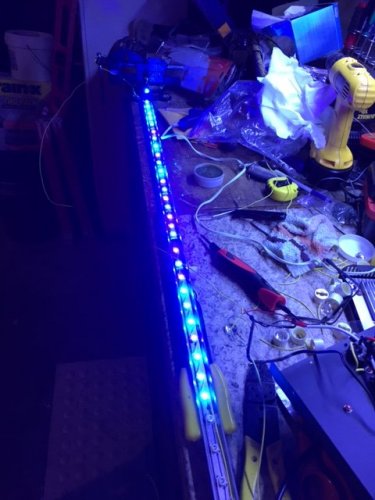Lostinthedark
NJRC Member
I took apart my old Ocean Revive S026 and tried to use the parts to make a six foot long LED bar to compliment my T5s. I wired all the LEDs together in 2 groups of 24 just as the lights were. I checked them with a pair of "AA" batteries and everything looked great. When I tried to hook up the power supplies the lights continuously flicker as if they are shorting. It happens exactly the same on both sets of 24. I checked all the connections and can't see any shorts. Is there something I am missing? I have a "-" and a"+" going from the power supply to the lights. No ground. The LEDs are hooked up in parallel, + to + and - to - . Seems simple enough. What am I missing?







